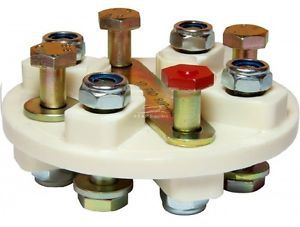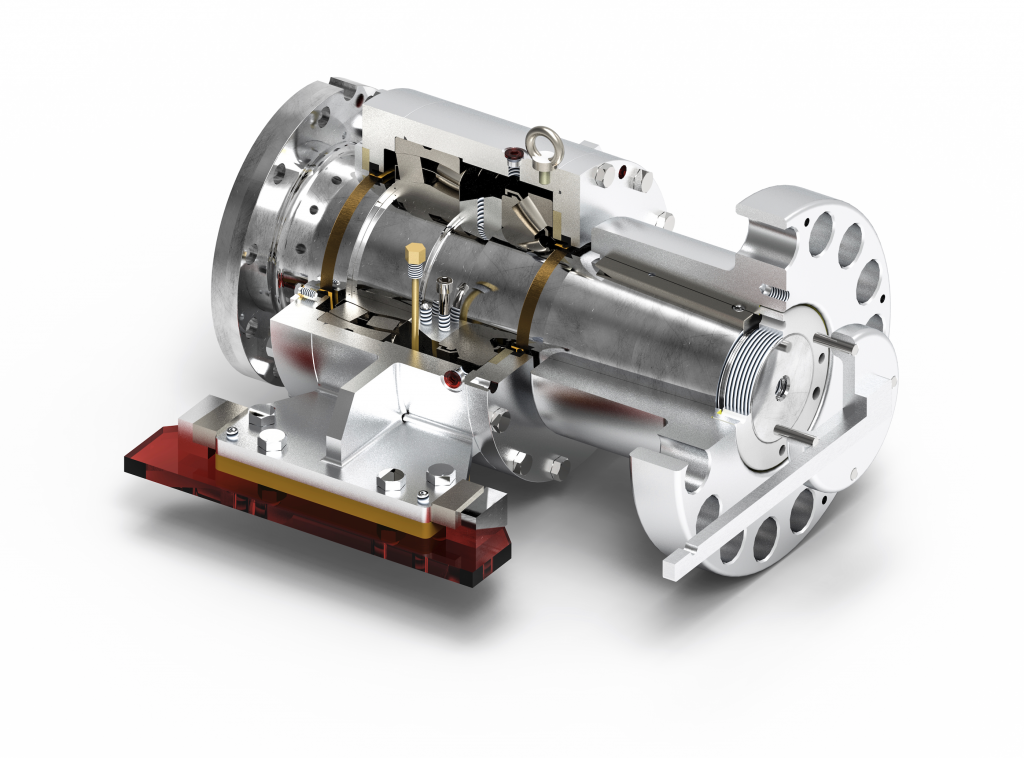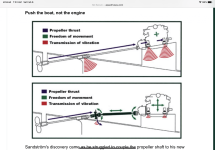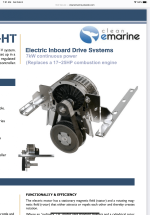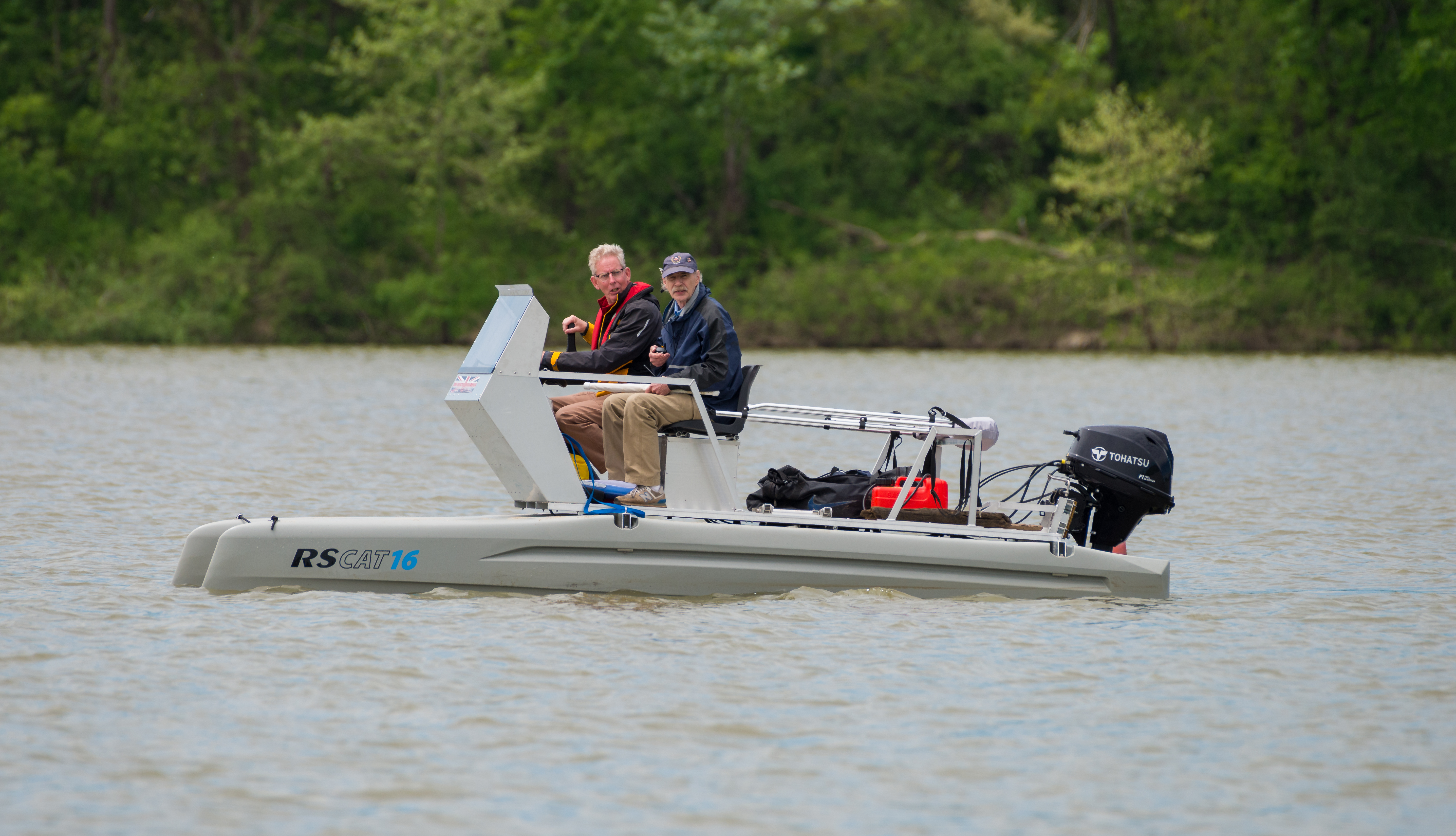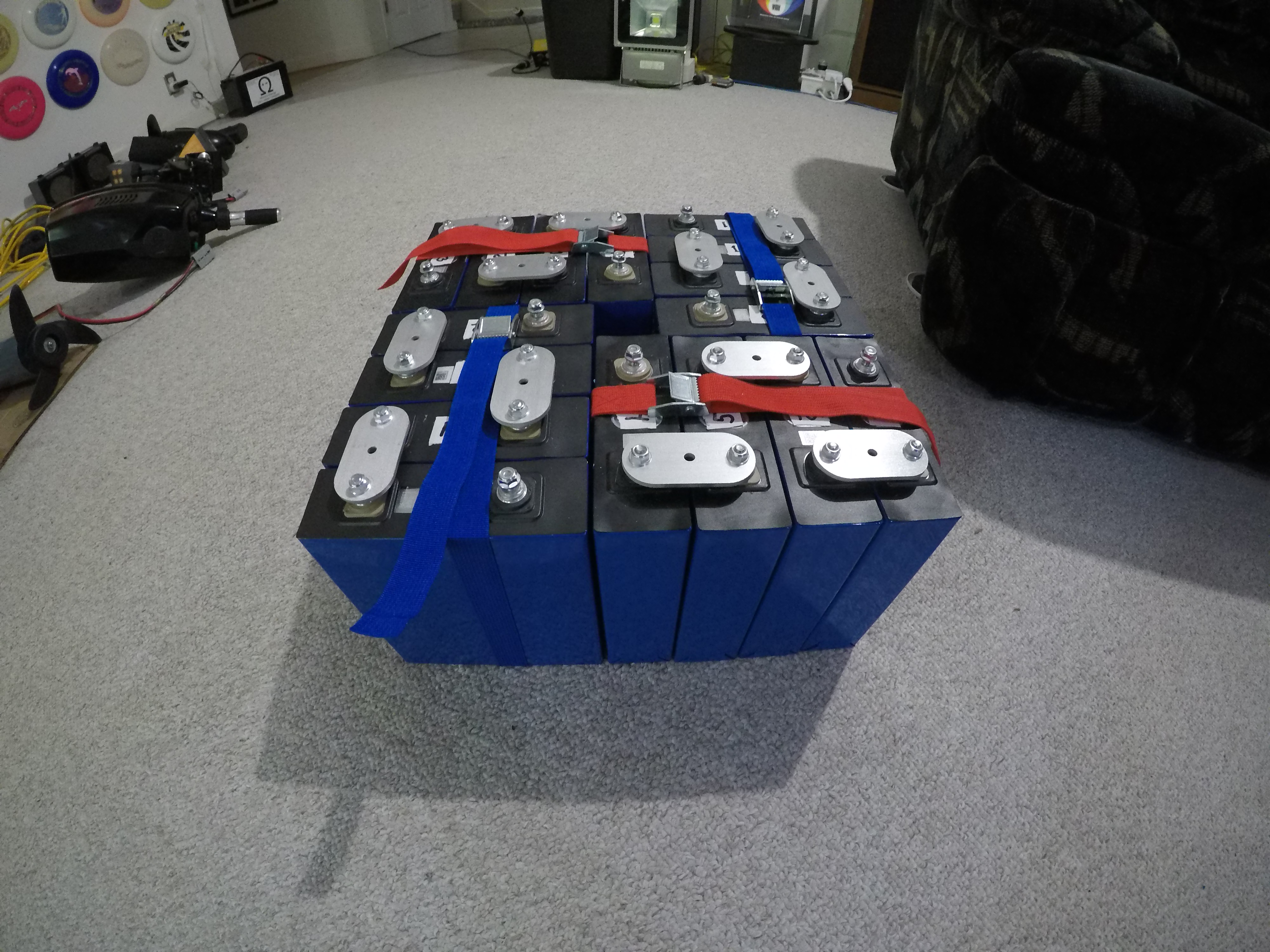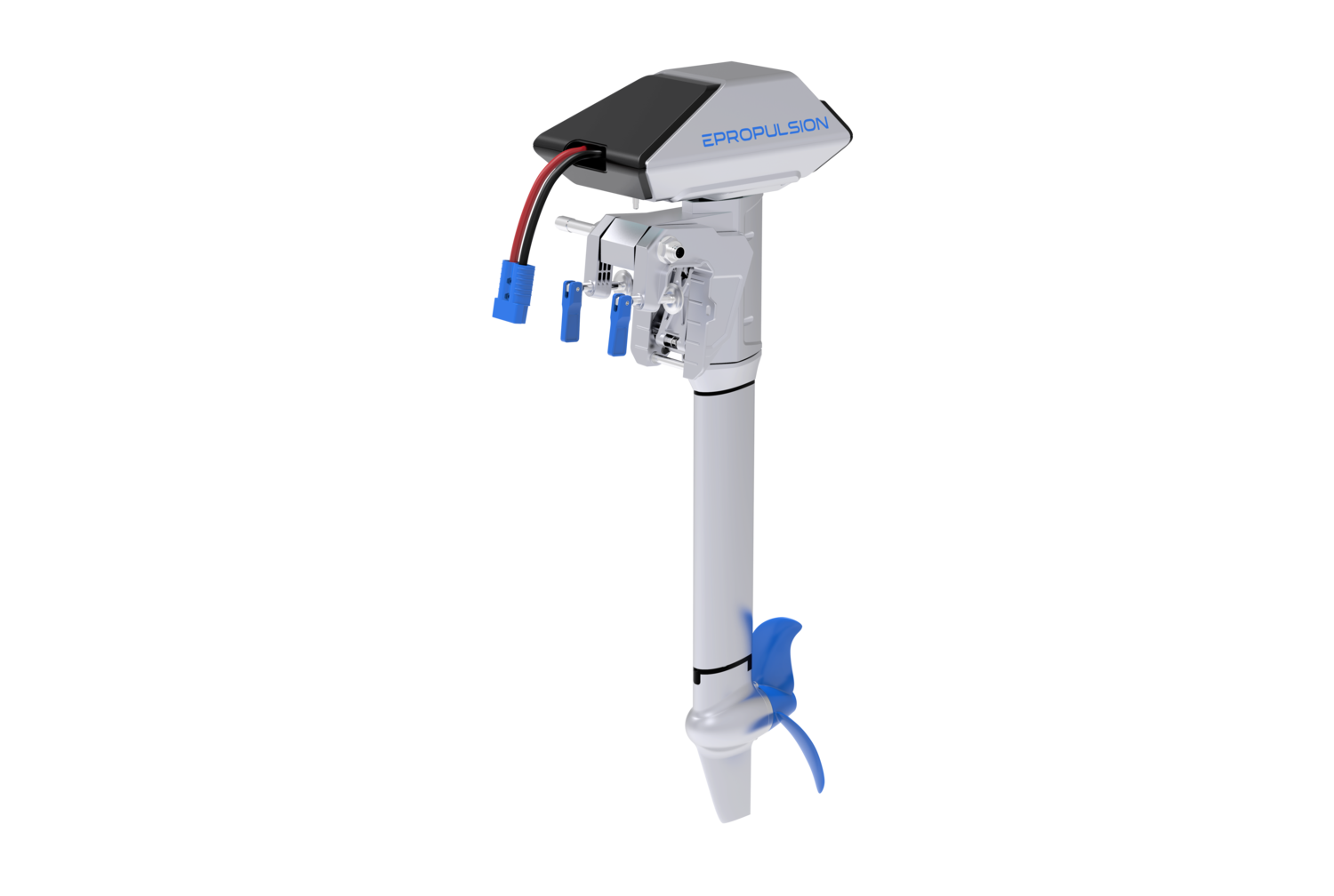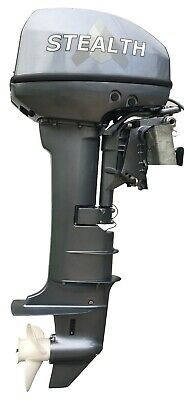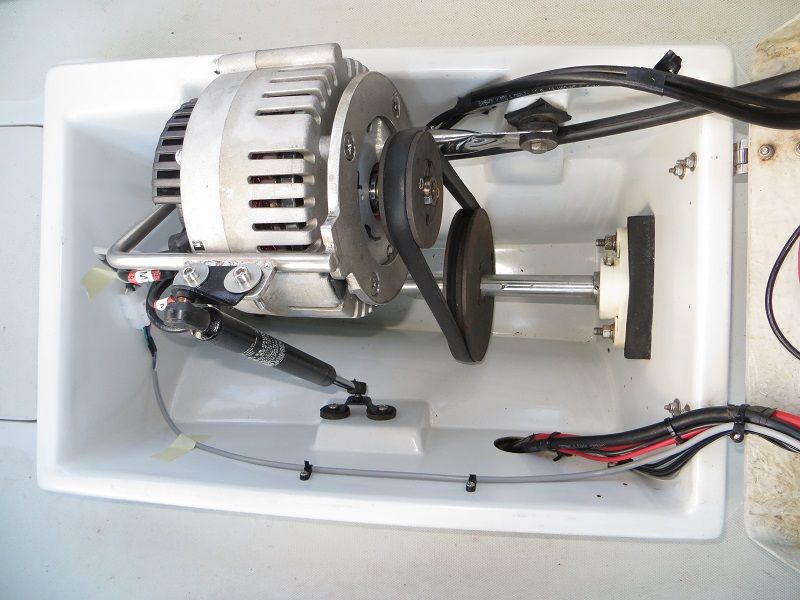bobkart
10 W
- Joined
- Feb 4, 2021
- Messages
- 92
Greetings from the Pacific Northwest . . . I'm new to the forum.
Last year I got a tiny bit into electric boating, with a 10-foot inflatable and a 55-pound thrust trolling motor. This year I want to go bigger.
After digging into what makes an efficient hull shape, I settled on the catamaran style, with long/thin hulls. I believe this style of boat is referred to as 'semi displacement'. I see these used in human-powered watercraft, like the Open Waterbike Project:
https://openwaterbike.com/
I considered hydrofoils briefly, and they do look to be more efficient, but the extra complexity puts it out of immediate reach for me. This is still a 'crawl/walk/run' type of thing, and I'm not quite to 'walk' yet.
My target boat size is 3-5 meters (10-16 feet), with capacity of 2-4 persons. I feel like 20hp will be enough to move at what I'm considering my target speed, which is 20mph. This is for the 16-foot version, smaller versions shouldn't need that much power to go that fast, but of course won't carry as many passengers and/or batteries.
I'm in line to purchase a 16-foot power cat based on the RS Sailing boat of that size:
https://www.rssailing.com/project/rs-cat-16/
But it won't get here for another month or two. In the meantime, as a way to have some fun now and use as a testbed for ideas that may carry over to the larger boat, I've ordered the Build Your Own Boat version of the Hydrobike:
https://hydrobikesontario.com/product/build-your-own-boat/
We live near a small river that's perfect for putting around; here's a video from one of our trips up the river last year:
https://www.youtube.com/watch?v=xc72AsZgcRc
There's also Lake Washington and the Puget Sound. Last year we hit a dozen different locations, for over 30 hours on the water, at a total electricity cost of under $2.
What's the point? I may need to draw from the body of knowledge represented in this forum. I'm hoping some people here are willing to help me through sticking points I may encounter in my quest. Thanks in advance to all who help.
I'm no stranger to electricity and batteries. I have 10kWh of 200Ah LiFePO4 cells that I just finished top balancing. I used a similar setup last year on a demo of an ePropulsion Navy 6.0 outboard, but it wouldn't quite plane the inflatable boat. I feel like this motor would push the larger cat to close to 15mph.
But back to the personal cat. I have that trolling motor, which I will try first. I'll add a deck, seat, and motor mount first of course. I know that trolling motors don't have the propeller pitch to go much more than 5mph. I got around 4mph in the inflatable with this motor. So this will be a good second data point. I see some questions about how to get higher-pitch props for these motors, but very few good answers (Kipawa propellers being one). So to go faster I'll most likely need a legitimate outboard, with prop pitches suited to the speeds I'm after.
I also have a 2200W Hangkai outboard, and on the inflatable boat, I got 6mph out of that. No doubt I was pushing pretty hard on the hull speed limit for that boat. By looking at the prop on that, and guesstimating the pitch, and combining that with the RPM claimed by the manufacturer, I think this motor could push the little cat to over 10mph. I'll know this soon enough, as the little cat is scheduled to arrive next week.
I'll most likely update this thread as I get results from my various experiments.
Any discussion relating to this project is welcome!
Last year I got a tiny bit into electric boating, with a 10-foot inflatable and a 55-pound thrust trolling motor. This year I want to go bigger.
After digging into what makes an efficient hull shape, I settled on the catamaran style, with long/thin hulls. I believe this style of boat is referred to as 'semi displacement'. I see these used in human-powered watercraft, like the Open Waterbike Project:
https://openwaterbike.com/
I considered hydrofoils briefly, and they do look to be more efficient, but the extra complexity puts it out of immediate reach for me. This is still a 'crawl/walk/run' type of thing, and I'm not quite to 'walk' yet.
My target boat size is 3-5 meters (10-16 feet), with capacity of 2-4 persons. I feel like 20hp will be enough to move at what I'm considering my target speed, which is 20mph. This is for the 16-foot version, smaller versions shouldn't need that much power to go that fast, but of course won't carry as many passengers and/or batteries.
I'm in line to purchase a 16-foot power cat based on the RS Sailing boat of that size:
https://www.rssailing.com/project/rs-cat-16/
But it won't get here for another month or two. In the meantime, as a way to have some fun now and use as a testbed for ideas that may carry over to the larger boat, I've ordered the Build Your Own Boat version of the Hydrobike:
https://hydrobikesontario.com/product/build-your-own-boat/
We live near a small river that's perfect for putting around; here's a video from one of our trips up the river last year:
https://www.youtube.com/watch?v=xc72AsZgcRc
There's also Lake Washington and the Puget Sound. Last year we hit a dozen different locations, for over 30 hours on the water, at a total electricity cost of under $2.
What's the point? I may need to draw from the body of knowledge represented in this forum. I'm hoping some people here are willing to help me through sticking points I may encounter in my quest. Thanks in advance to all who help.
I'm no stranger to electricity and batteries. I have 10kWh of 200Ah LiFePO4 cells that I just finished top balancing. I used a similar setup last year on a demo of an ePropulsion Navy 6.0 outboard, but it wouldn't quite plane the inflatable boat. I feel like this motor would push the larger cat to close to 15mph.
But back to the personal cat. I have that trolling motor, which I will try first. I'll add a deck, seat, and motor mount first of course. I know that trolling motors don't have the propeller pitch to go much more than 5mph. I got around 4mph in the inflatable with this motor. So this will be a good second data point. I see some questions about how to get higher-pitch props for these motors, but very few good answers (Kipawa propellers being one). So to go faster I'll most likely need a legitimate outboard, with prop pitches suited to the speeds I'm after.
I also have a 2200W Hangkai outboard, and on the inflatable boat, I got 6mph out of that. No doubt I was pushing pretty hard on the hull speed limit for that boat. By looking at the prop on that, and guesstimating the pitch, and combining that with the RPM claimed by the manufacturer, I think this motor could push the little cat to over 10mph. I'll know this soon enough, as the little cat is scheduled to arrive next week.
I'll most likely update this thread as I get results from my various experiments.
Any discussion relating to this project is welcome!



